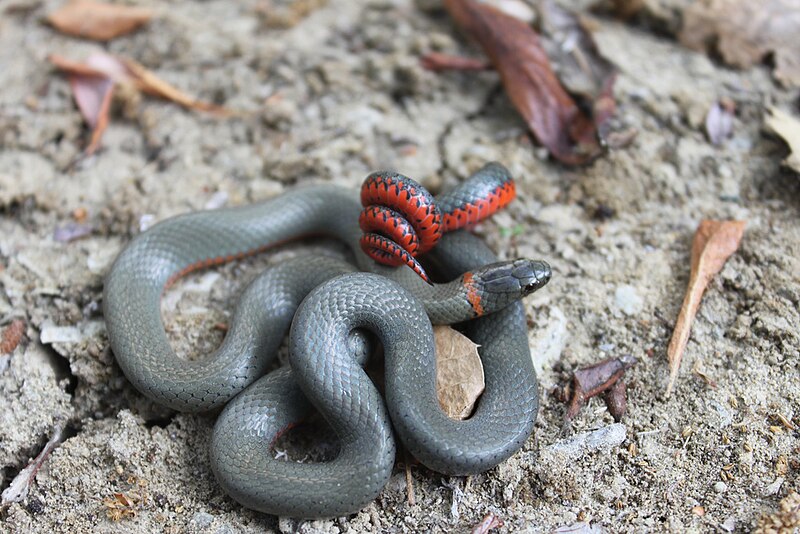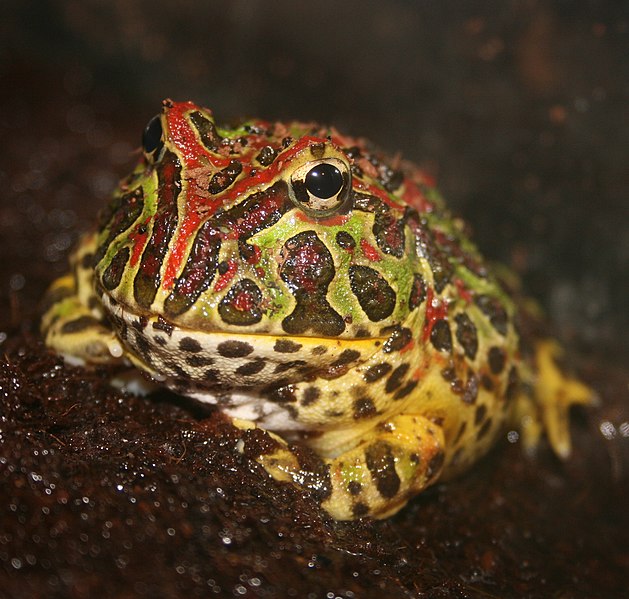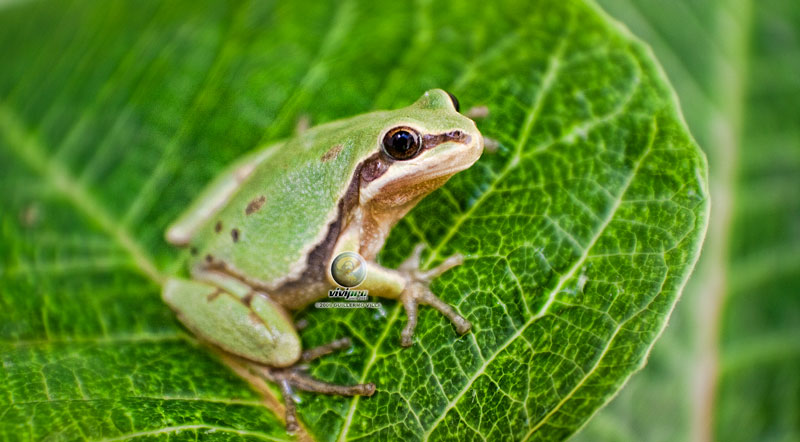 I’ve recently posted information concerning a petition that seeks Endangered Species Act protection for 53 US herps. Many readers applauded the news, but some were concerned about potential limitations on their ability to keep protected species. As they correctly pointed out, responsible pet owners have made important contributions to the conservation of many species (please see article below). In the course of my work as a zoologist, I’ve often dealt with federal, state and international permits, and continue to assist zoos with related issues. Today I’d like to explain a bit more about this proposal, which was championed by the Center for Biological Diversity, and how it may impact target species in the wild and captivity.
I’ve recently posted information concerning a petition that seeks Endangered Species Act protection for 53 US herps. Many readers applauded the news, but some were concerned about potential limitations on their ability to keep protected species. As they correctly pointed out, responsible pet owners have made important contributions to the conservation of many species (please see article below). In the course of my work as a zoologist, I’ve often dealt with federal, state and international permits, and continue to assist zoos with related issues. Today I’d like to explain a bit more about this proposal, which was championed by the Center for Biological Diversity, and how it may impact target species in the wild and captivity.
The ESA: Pros and Cons for Herp Keepers
Although federal red tape complicates life for private herp owners, the Endangered Species Act (ESA) remains our nation’s most powerful conservation tool. A recent study revealed that the ESA is 99% effective in preventing extinctions…once a species is listed, its survival is almost guaranteed. Benefits to such species extend beyond permit requirements – habitat protection, research funds, compilation of recovery plans and other possibilities arise. This post lists frequently asked questions concerning the ESA. Read More »
 That Reptile Blog – Reptile, Amphibian and Exotic Pet Care and Information
That Reptile Blog – Reptile, Amphibian and Exotic Pet Care and Information




